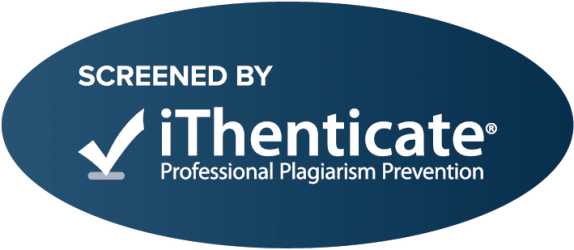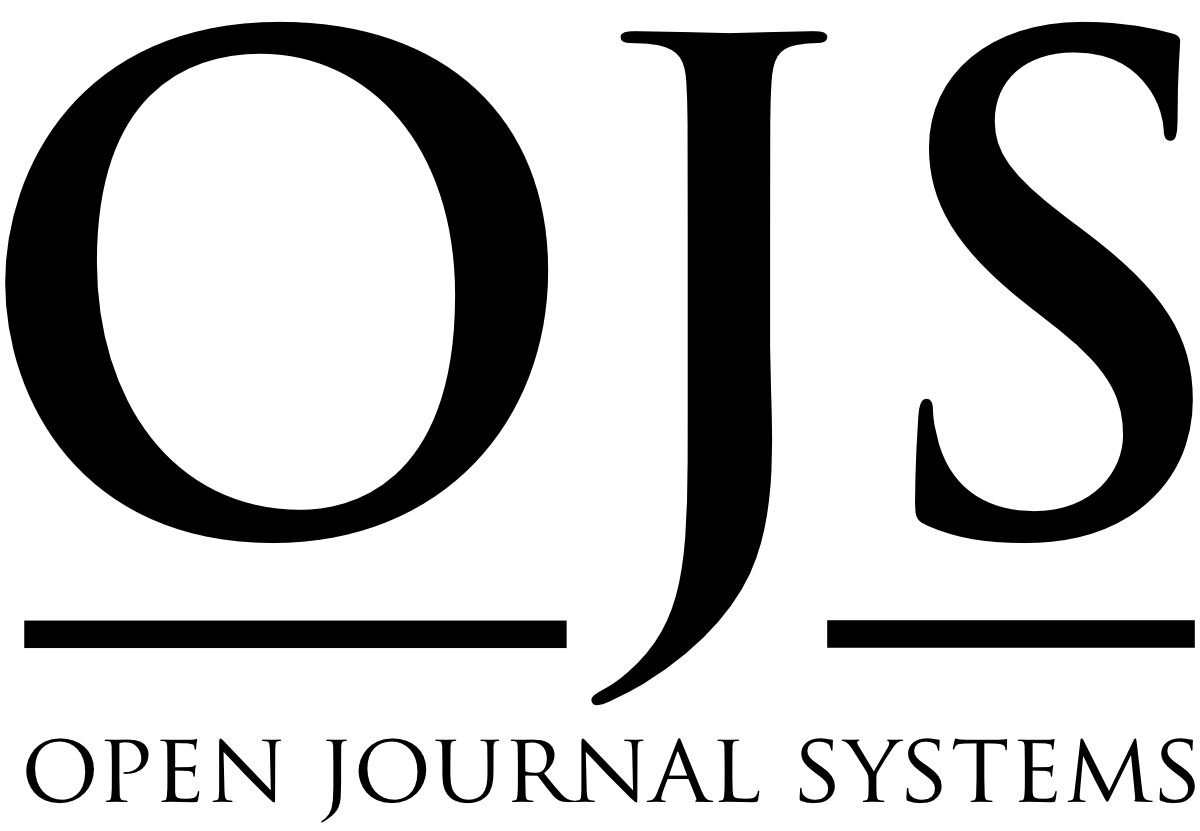The Effectiveness of A Joint Attention Training Program On Improving Communication Skills Of Children With Autism Spectrum Disorder
Keywords:
Joint attention, communication skills, children with autism disorderAbstract
The Purpose of this study was to explore the effect of a joint attention intervention program on improving joint attention and communication skills in children with autism disorder. Participants were ten children between the ages of five and seven who attended a school for children with developmental disabilities (Tarbya Fekrya). A pre- post design was used to examine the joint attention intervention program on improving joint attention and communication skills of the target students. Findings from this study indicated the effectiveness of the joint attention intervention program on joint attention and communication skills in children with autism disorder. On the basis of the findings, the study advocated for the effectiveness of the joint attention intervention program on joint attention and communication skills in children with autism disorder.Downloads
References
Adel Abdulla, M.& Mourad , A. Eissa (2014). Contemporary Perspectives on autism Identification, assessment, problems, intervention, and instruction. Arees University Press.
American Psychiatric Association (1994). Diagnostic and statistical manual of mental disorders. 4th ed. Author; Washington, DC .
Bacon AL, Fein D, Morris R, Waterhouse L, Allen D. (1998).The responses of autistic children to the distress of others. Journal of Autism and Developmental Disorders,28:129–142.
Bruner, J. (1995) From joint attention to meeting of minds: an introduction. . In C. Moore P. Dunham (Eds.), Joint attention: Its origins and role in development (pp.1-14). Hillsdale, NJ:Nawrence Erlbaum Associates.
Burris, H. (2009). An Assessment of a Naturalistic In-home Training Protocol to Establish Joint Attention Responding with Children Diagnosed with Autism Spectrum Disorder (Unpublished master’s thesis). University of South Florida, South Florida.
Carpenter M, Nagell K, Tomasello M.(1998). Social cognition, joint attention, and communicative competence from 9 to 15 months of age. Monographs of the Society for Research in Child Development, 63:1–143.
Charman T. (1998). Specifying the nature and course of the joint attention impairment in autism in the pre-school years: Implications for diagnosis and intervention. Autism: The International Journal of Research and Practice,2:61–79.
Dawson G, Meltzoff A, Osterling J, Rinaldi J. (1998).Neuropsychological correlates of early autistic symptoms. Child Development,69:1247–1482.
Fahey, K. R. & Reid, D. K. (2000). Language development, differences, and disorders: A perspective for general and special education teachers and classroom-based speech- language pathologists. Austin, TX: Pro-Ed.
Hart, R.P. (1993). Why communication? Why education? Towards a politics of teaching .Communication Education, 42, 97-105.
Holth, P. (2005). An Operant Analysis of Joint Attention Skills. Journal of Early and Intensive Behavior Intervention, 2 (3), 160 – 175.
Holth, P (2006). An Operant Analysis of Joint Attention Skills. European Journal of Behavior Analysis, 1(7), 77 – 91.
Holth, P & Isaksen, P (2009). An Operant Approach to Teaching Joint Attention Skills to Children with Autism. Behavioral Interventions, 24, 215-236
Morales M, Mundy P, Rojas J.(1998). Brief report: Following the direction of gaze and language development in 6-month-olds. Infant Behavior & Development. 21:373– 377.
Mundy, P. (1995). Joint attention and social-emotional approach behavior in children with autism. Development and Psychopathology, 7, 63–82.
Mundy, P., Sigman, M., & Kasari, C. (1994). Joint attention, developmental level, and symptom presentation in young children with autism. Development and Psychopathology, 6, 389–401.
Mundy P., Sigman M., Ungerer J. & Sherman T. (1986). Defining the social deficits of autism: the contribution of non-verbal communication measures. J. Child. Psychol. Psychiatry ,27, 657–669.
Naoi, N., Tsuchiya, R., Yamamoto, J. & Nakamura, K. (2008). Functional training for initiating joint attention in children with autism. Research in Developmental Disabilities, 29, 595 – 609.
Osterling J, Dawson G, Munson J.(2002). Early recognition of one year old infants with autism spectrum disorder versus mental retardation: A study of first birthday party home videotapes. Dev Psychopathol,14:239–252.
Sigman, M., & Capps, L. (1997). Children with autism: A developmental perspective. Cambridge, MA; London: Harvard University Press.
Whalen, C., & Schreibman, L. (2003). Joint attention training for children with autism using behavior modification procedures. Journal of Child Psychology and Psychiatry and Allied Disciplines, 44(3), 456–468.
Additional Files
Published
How to Cite
Issue
Section
License

This work is licensed under a Creative Commons Attribution-NonCommercial-NoDerivatives 4.0 International License.










